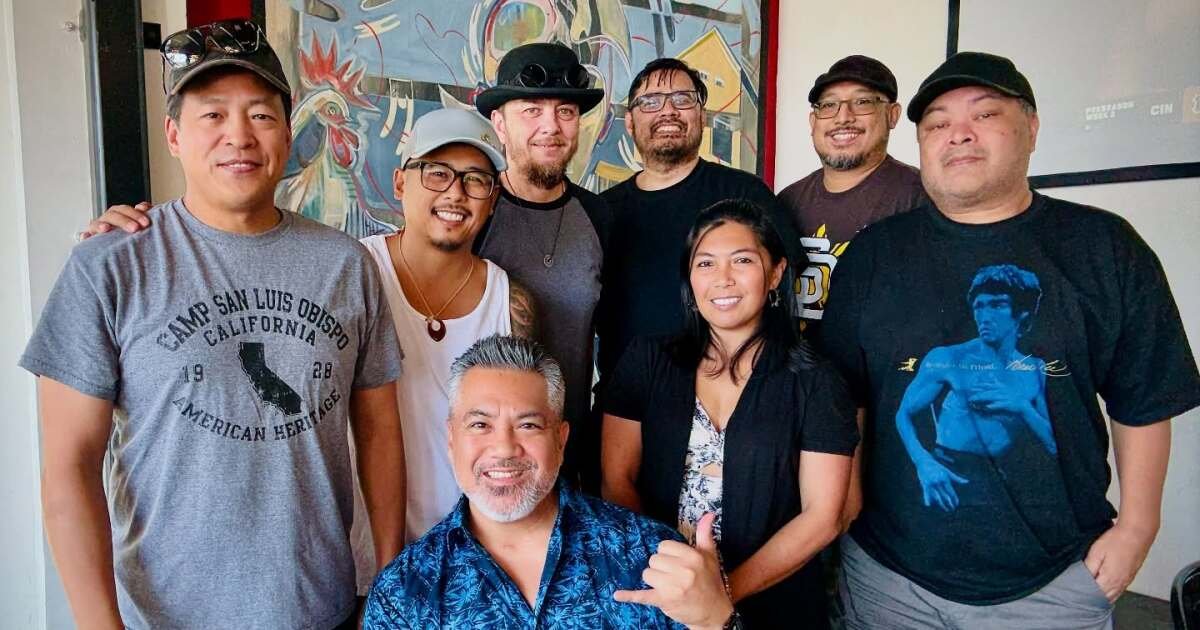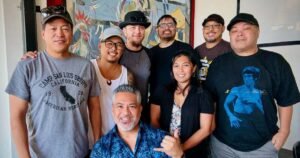MANILA, Philippines — Arnis, unlike other Asian martial arts, has no written historical records.
It has always been a challenge for both practitioners and researchers of arnis to find verifiable historical materials that can be analyzed, interpreted, and used to draw new insights and conclusions about its past.
Researching martial arts history is a unique kind of detective work. Unlike other scholarly pursuits, a martial arts scholar must possess not only keen research skills but also deep practical knowledge of the particular fighting art he is investigating. The latter is of crucial importance in identifying and interpreting clues, which might include old manuscripts, oral histories, or actual physical skills demonstrated by surviving practitioners.
Get the latest news
delivered to your inbox
Sign up for The Manila Times newsletters
– In search of the origins of arnis –
The first systematic attempt to document arnis history happened in 1957, with the publication of the book “Mga Karunungan sa Larong Arnis” (Knowledge in the Game of Arnis) by Placido Yambao and Buenaventura Mirafuente.
Written in archaic Tagalog, Yambao and Mirafuente’s book was repeatedly cited by new researchers and authors on arnis in the succeeding decades.
However, for lack of bibliography, many of the authors’ claims, including kali being the pre-colonial “mother art” of arnis, were hard to verify.
Arnis gained global prominence after the late martial arts superstar Bruce Lee featured it in his movie Enter the Dragon in 1973.
Lee learned arnis from his student and friend, Filipino-American Dan Inosanto.
After its Hollywood debut, interest in arnis grew exponentially.
This resulted in a growing body of arnis literature that includes books, academic papers, and instructional materials.
Despite its status as national martial art and sport, institutionalized by the signing of Republic Act 9850 by President Gloria Macapagal-Arroyo on Dec. 11, 2009, no government funded scholarly work was done on arnis.
The majority of studies on arnis history was done mainly by independent researchers, both local and foreign.
– An Italian arnisador and scholar –
While ease of research brought about by the internet has produced new information on arnis, the vast collective data needs to be validated and organized into a cohesive whole.
Italian arnis practitioner and scholar Andrea Rollo decided to take up the gargantuan task.
Rollo’s academic background is rooted in international strategic and military studies. He holds a Master’s degree and a second-level postgraduate diploma, along with a first-level Master’s in Project Management. However, it was his deep passion for Filipino martial arts (FMA) that led him to pursue an academic career in this area.
Rollo is the heir of the Kali Istukada Miranda System. The art he inherited, he said, possesses a highly effective knife defense methodology and a unique form of ground fighting.
It took Rollo 12 years to complete the project.
In early May, Rollo announced that his doctoral dissertation on FMA history was now officially available in the University of Alicante’s digital repository (Rollo’s full dissertation can be accessed at http://hdl.handle.net/10045/153742).
Titled “Moro-Moro: The missing piece in Filipino martial arts history,” the 1,255 -page volume is the product of Rollo’s journey through archives, ancient sources, oral histories, style lineages, and lived martial experience.
Rollo’s argument is that Moro-Moro, a unique form of Filipino theater employing choreographed armed combat, played an important part in the development and dissemination of FMA.
The main theme of Moro-Moro is the Moros y Cristianos clash, the battle between the Moors and Christians, an important element of Spanish theater in the 16th and 17th centuries.
Rollo argued that this colonial form of entertainment intermingled with indigenous fighting skills, Spanish fencing practiced by the peninsular ruling class, and the custom of dueling, to form FMA.
“I began my research on FMA in 2013. At first, my main goal was to promote Filipino martial culture and FMA in Italy. I wrote several articles for Italian martial arts magazines and created the website www.kalifilippino.it, which has become the most comprehensive Italian-language resource on the subject,” Rollo told The Manila Times.
“While managing the site, I also started researching more than 260 old FMA systems. However, in 2014 I paused the publication of this content to focus on a more ambitious project: writing a book on the history of Filipino martial arts. Over time, this project evolved and, in 2022, became the foundation of my doctoral thesis, which I officially defended on March 11, 2025,” he added.
Among the most interesting historical documents that Rollo encountered during his research was the Tagalog metrical novel Florante at Laura by Francisco Balagtás.
“This work is known to many FMA enthusiasts because it represents the earliest recorded use of the term arnes [The word “arnis” was believed to be derived from the Old Spanish word “arnés,” which pertains to “armor” or “weapons”] in reference to a Filipino martial art. Martial arts scholars have traditionally cited 1853 as the publication date, based on the edition printed in Manila by Ymprenta de Los Amigos del País,” Rollo said.
“However, my research shows that the work was originally written in 1835 or 1836 and was presumably first published in 1838. This allows us to date the earliest explicit reference to FMA roughly twenty years earlier than previously believed,” he added.
Rollo said the 12-year journey was not an easy one.
“For more than ten years, I would wake up at dawn and go to bed late at night, carving out every possible moment to dedicate to research and writing.
There were many times when I felt overwhelmed and seriously considered abandoning the project. I won’t deny that there were entire months when I had to step away from the work to rest and recharge,” he said.
– ‘Don’t fall in love with your thesis’ –
Rollo is well aware that truth is contentious.
Presenting evidence against long-held beliefs could be interpreted by some people as a direct attack on who they are, leading to defensiveness and offense.
“The fundamental principle that should guide any researcher is the pursuit of truth—not ‘falling in love’ with one’s own thesis. Only with this mindset a scholar can remain truly objective and open to meaningful dialogue. Personally, I would welcome critical questions or challenges to my work, as they offer the opportunity to explore specific aspects more deeply and arrive at even more accurate and well-founded conclusions,” he said.
Rollo said he was thankful to all the pioneering researchers and writers on the subject.
“Without their foundational contributions, I might never have begun this research. Moreover, several of them have supported my project and contributed in various ways to its final outcome. I hold them in the highest regard and will always be deeply grateful for the trust they placed in me,” he added.
(Perry Gil S. Mallari is a Filipino martial arts expert and scholar. Many of his writings were cited in Andrea Rollo’s Moro-Moro: The missing piece in Filipino martial arts history).











